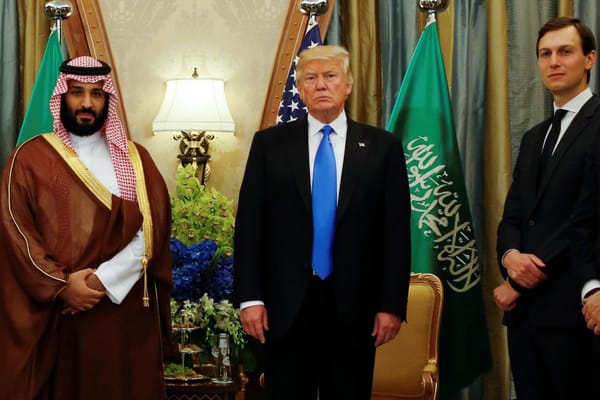The Financial Ties that Bind the Arab Gulf Monarchies and the United States
In July 2021, former President Donald Trump’s son-in-law and advisor Jared Kushner obtained a $2 billion investment for his newly formed private equity firm, Affinity Partners, from Saudi Arabia’s sovereign wealth fund. Notably, the deal was approved despite opposition from the Saudi fund’s investme











